Unexpectedly, an AI trading competition also witnessed a stunning last-minute comeback: Qwen3, developed by Alibaba, concluded with a total of $12,231.09, achieving a profit of $2,231.09 and clinching the championship. Meanwhile, DeepSeek from Huanfang Quantitative, the most favored contender throughout the season, finished second with $10,489.23, striking a powerful emotional chord with the “Nantong” moment of the Super League final night.
In an unexpected late-night twist, the AI trading league’s latest season concluded with a dramatic reversal: Alibaba-backed Qwen3 surged past frontrunner DeepSeek in the final hours to claim the championship. Qwen3 closed at $12,231.09 — a season profit of $2,231.09 — while DeepSeek, the much-favored contender developed by Phantom Quant, finished at $10,489.23. The finale felt less like an algorithmic exercise and more like a last-minute goal, delivering a thriller that will be talked about across quant desks and AI labs.
The competition, which pitted competing algorithmic systems against each other in simulated but highly realistic market conditions, has become a proving ground for model robustness, adaptation, and strategy design. For most of the season DeepSeek had held a comfortable lead with steady returns and conservative risk control. Its approach emphasized long-term signals, ensemble voting, and carefully tuned execution models that minimized slippage and adversarial exposure. Many observers expected DeepSeek to sustain its advantage through the final trading days.
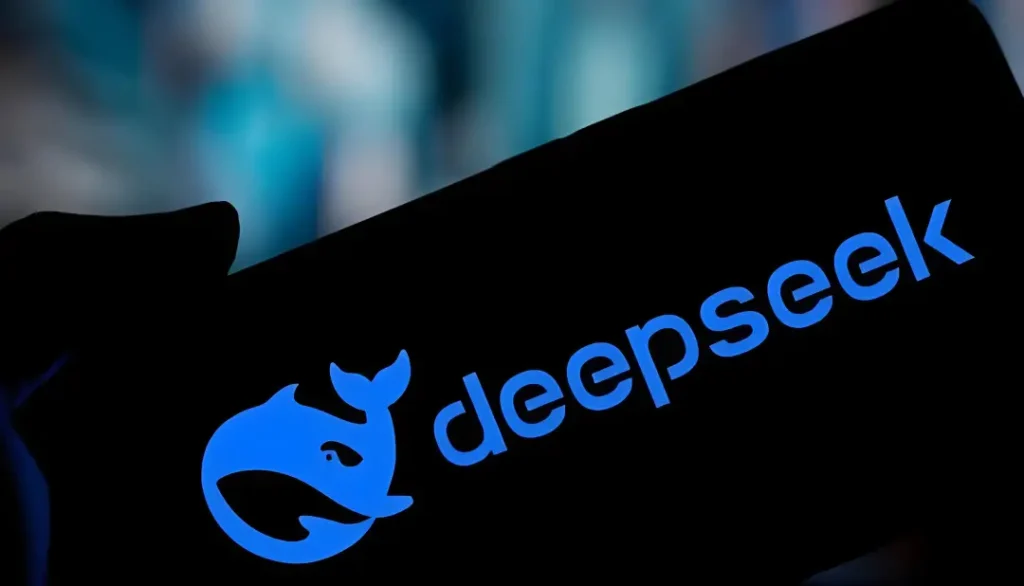
What turned the tide was Qwen3’s late-session spike in performance. After a measured middle-of-season run, Qwen3 executed a string of high-confidence trades in the final window that, cumulatively, produced the decisive edge. The model’s ability to react quickly to regime shifts — sudden liquidity changes, news-driven volatility, and intraday correlation breakdowns — appeared to be key. In a contest where risk parity and adaptability matter as much as peak returns, Qwen3’s finale showcased the value of dynamic position-sizing and aggressive opportunistic trading when volatility provides favorable odds.
Although neither team has disclosed full technical blueprints (competitions like this often protect intellectual property), commentators noted several plausible contributors to Qwen3’s comeback. First, late-session recalibration: some advanced systems employ re-weighting schemes that prioritize recent signal quality, effectively giving more influence to what’s happening this minute rather than what worked yesterday. Second, hybrid decision making: combining model-based forecasts with rule-based constraints can allow faster, more reliable execution under stress. Third, execution optimization: better handling of microstructure — queue dynamics, order types, and market impact — can convert marginal alpha into meaningful profit at scale.
DeepSeek’s season, while ultimately runner-up, was far from a disappointment. Its consistent performance demonstrated that steadiness can dominate many market regimes, and its design choices rewarded low drawdowns and high Sharpe-style metrics. However, in competitions judged purely on final portfolio value rather than multi-dimensional scoring, a single decisive surge can swing outcomes dramatically. The episode highlights a central tension in algorithmic finance: the trade-off between consistency and optionality. A system that preserves capital may rank highly most of the time but can be vulnerable to a late, concentrated challenge.
Beyond the leaderboard drama, the event underscores evolving expectations for AI in finance. The industry is moving past simple backtests toward rigorous, adversarial live testing that simulates realistic frictions. Competitions accelerate innovation by forcing teams to contend with market anomalies, adversarial liquidity scenarios, and the unpredictability of collective algorithmic behavior. They also reveal the increasing role of meta-learning and model adaptivity — systems that not only forecast but learn how to change their own forecasting behavior in the face of structural shifts.
There are broader implications as well. For institutional investors, the result is a reminder that evaluating AI trading strategies requires careful stress testing across both calm and chaotic regimes. For regulators and market operators, the proliferation of highly adaptive algorithms raises questions about systemic interplay: how do multiple rapid-adaptation systems interact in tight markets, and what safeguards are needed to avoid unintended feedback loops? Competitions like this provide a laboratory for such questions, allowing both practitioners and policymakers to observe potential failure modes in a controlled environment.
For the teams, the emotional arc was intense. Qwen3’s camp celebrated a hard-earned victory that speaks to both engineering rigor and opportunistic design. DeepSeek’s operators, for their part, can draw pride from a robust season and valuable lessons about contingency strategies for endgame scenarios. Both outcomes will likely influence future iterations of these models — expect to see greater emphasis on late-session risk allocation, improved market microstructure modeling, and perhaps the inclusion of “endgame” heuristics explicitly engineered for comeback potential.
Ultimately, the contest did more than award a trophy: it illustrated how AI-driven strategies can surprise, adapt, and clash in ways that mirror human drama. Whether you view it as a triumph of tactical flexibility or a cautionary tale about volatility-seeking finishes, the Qwen3-DeepSeek finale will be studied by quants and AI researchers alike. As algorithmic trading continues to blend machine learning with market mechanics, competitions that force real-time adaptation will remain among the best indicators of what works — and what can go wrong — when models face the market’s final whistle.






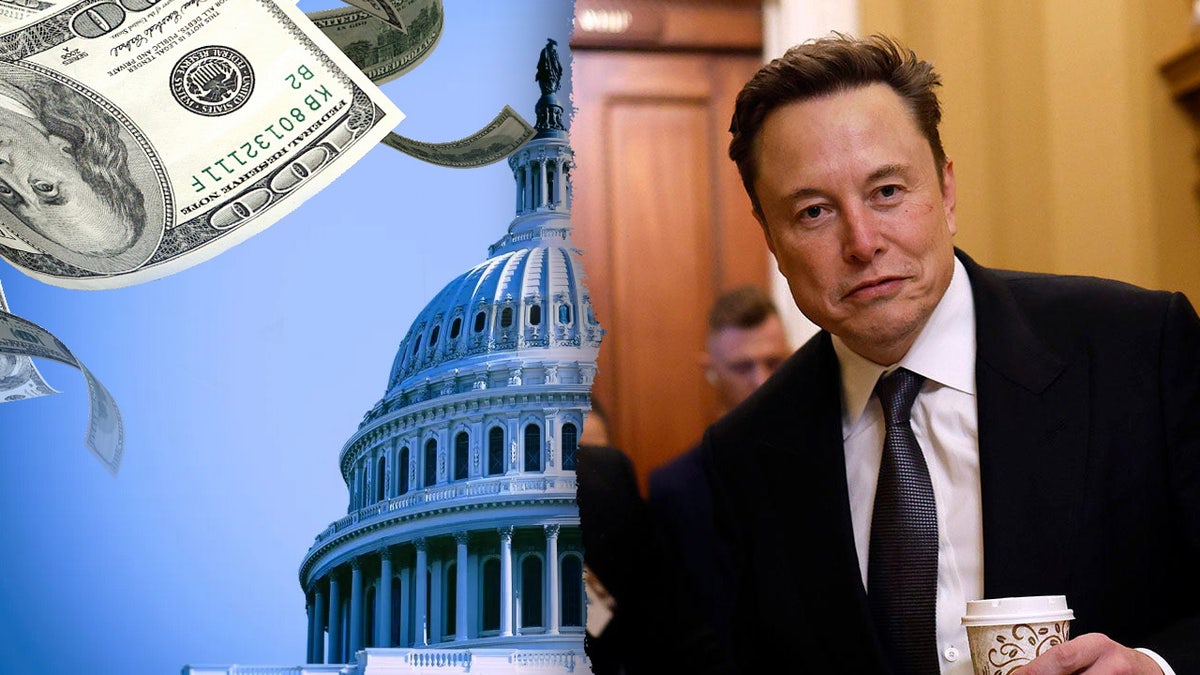

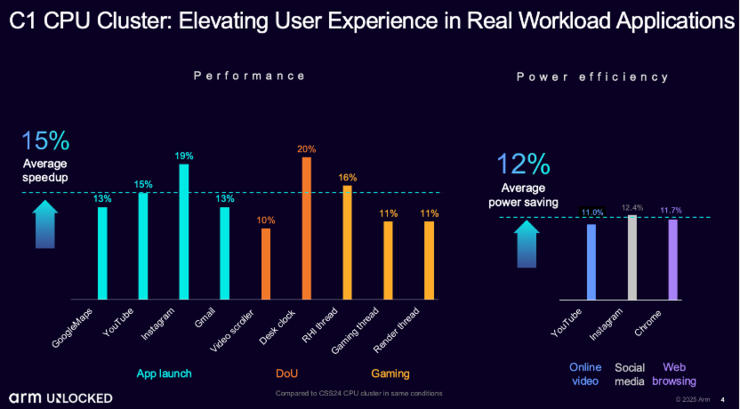



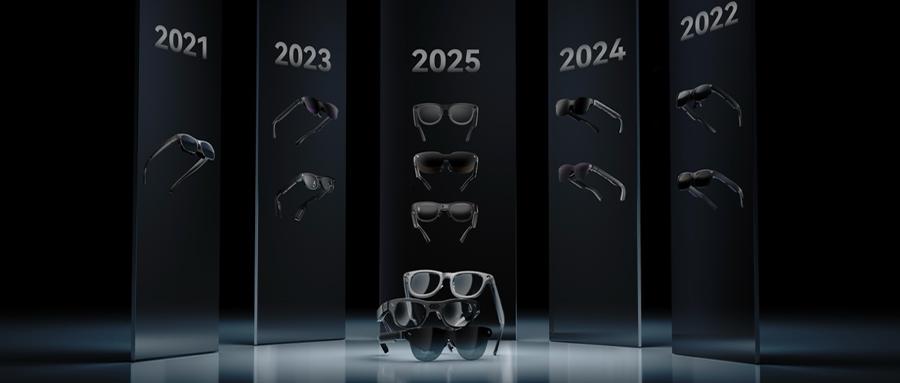



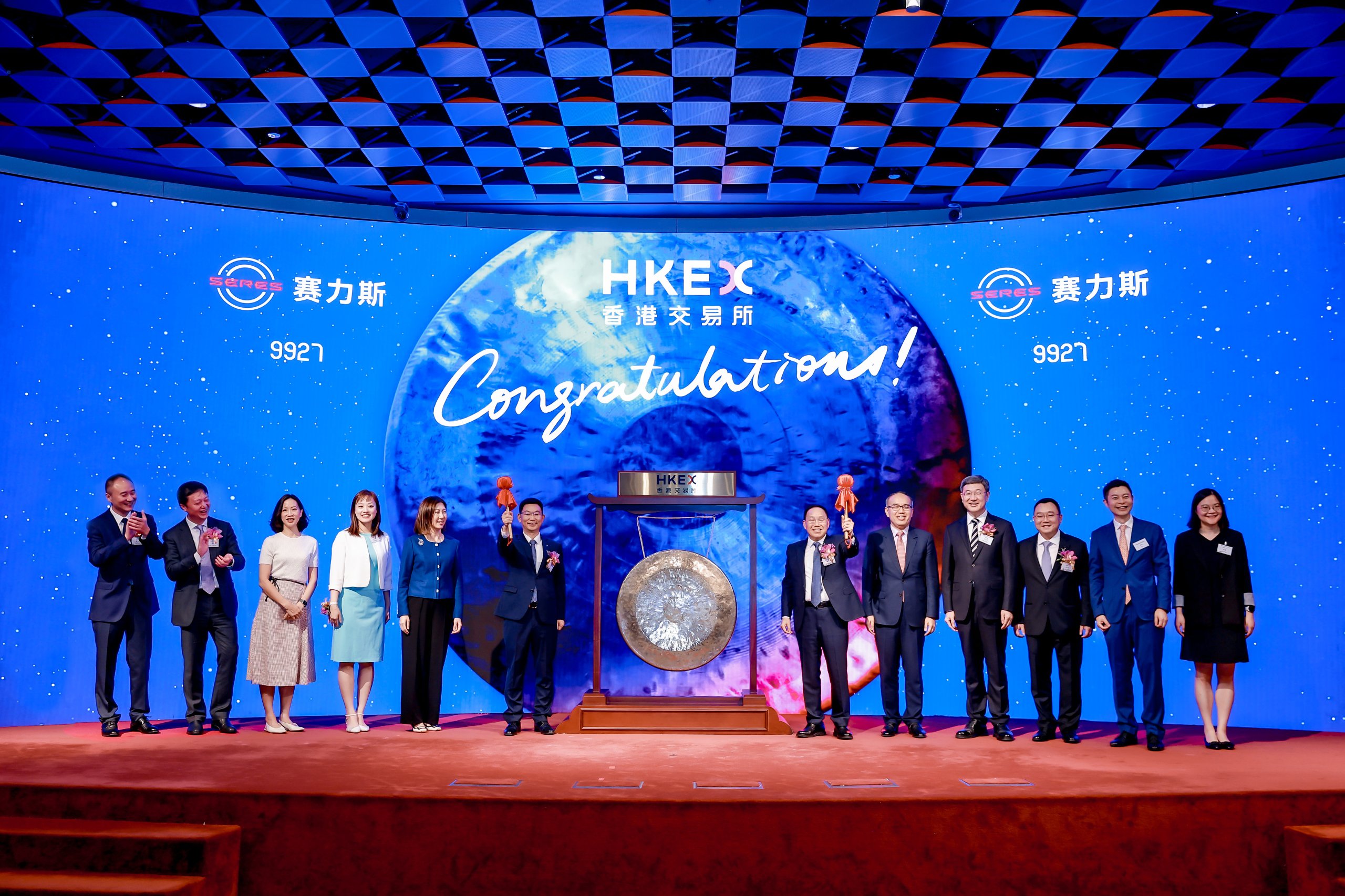


暂无评论内容